

10 Mistakes e-commerce startups should never make
In this article, you'll learn not to avoid the most important and common mistakes every ecommerce startups make.
It’s never been easier to start an e-commerce business. You can literally jump on Shopify and set up shop in under 15 minutes. There are a lot of people playing the e-commerce game without first learning the rules. Running an e-commerce startup is a rollercoaster ride, and over 50% of small businesses fail in the first four years.
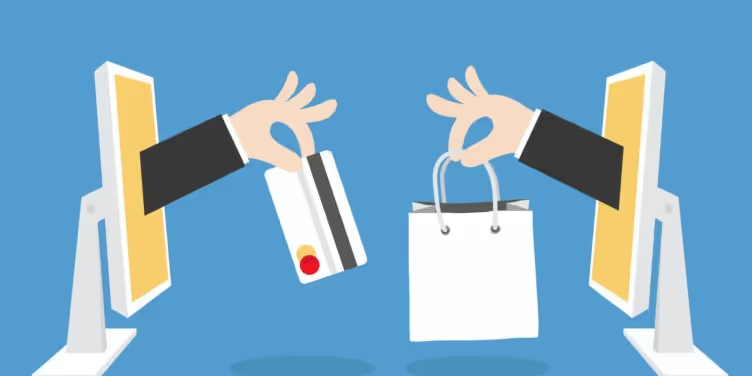
If you don’t want to suffer the same fate, it’s important that you avoid the common mistakes e-commerce startups make. There are many causes of startup failure. And in the e-commerce industry, it’s necessary to understand what these mistakes are, and how can they be avoided.
Here are some of the most common mistakes that you need to avoid:
1. Choosing the wrong platform

The biggest e-commerce mistake is choosing the wrong platform to sell on. Just because a platform has the most users, or is the most popular, that does not mean that it’s right for you. It’s super important to understand your own requirements and your user’s needs before you choose a platform for your online store.
Here are some of the top e-commerce platforms:
1. BigCommerce - Ideal platform for startups because of its affordable price
2. WooCommerce - Adds flexibility to your store with the help of additional add-ons and themes
3. Magento - Allows you to select any hosting company of your choice
4. Shopify - Includes marketing tools that help with SEO and social media
2. Ignoring analytics
Analytics tools are the most powerful tools for your business. They give you data about your audience - their interests, demographics, and behavior on your store. You can use this data to your advantage for email segmentation campaigns, A/B testing, and for implementing dynamic content for your website.
The easiest way to implement analytics is by using Google Analytics to understand your audience and track their behavior in your store. You can also select analytics plugins depending on the e-commerce platform that you are working with.
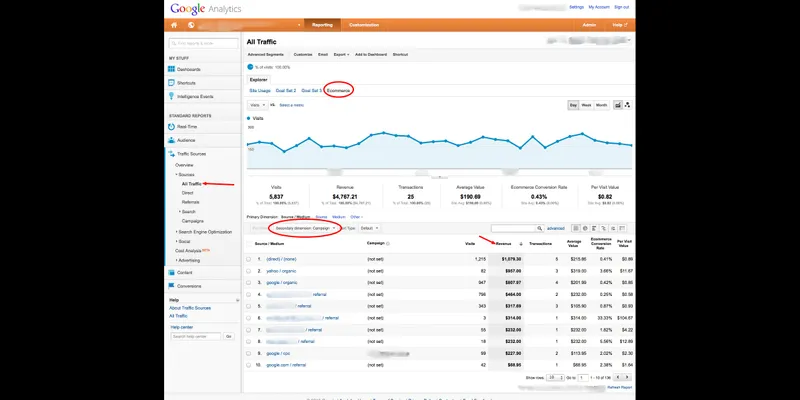
3. Insufficient A/B testing
Once you’ve installed Google Analytics or another analytics plugin, you need to test things out and actually change things on your site and see what it does to your traffic and sales.
Many e-commerce startups avoid testing things for the fear of losing customers. But really, the opposite happens. You will lose customers if you don’t know what works, and what needs to be changed on your site.
Using heat maps and conversion rate optimization tools (CRO) will help you get further data and run tests. The best tools to use are Hotjar, Crazy Egg, Lucky Orange, and ClickTale.
Download one of the tools and A/B test elements on your product pages, sales funnels, and your homepage. Remember to test one thing at a time.
4. Not targeting the right audience
Not having a clear idea about who your target audience can turn out to be dangerous for your e-commerce startup.
If you’re not selling to the right people, you won’t attract the right customers and your
To target the right audience, you first need to understand your product and what problem it solves, and then create buyer personas for your potential customers.

5. Improper marketing plan
Even after having the right product and the right audience, your ecommerce store could still fail if you don’t have a proper marketing plan in place.
According to CoSchedule, marketers who document their strategy are 538% more likely to report success than those who don’t.

Creating a marketing plan will help you understand what channels to focus on how to achieve your goals.
6. Not using social media to connect with customers
Social media is one of the most powerful ways to connect with your customers and build your brand. One brilliant way to do that is by using chatbots to chat with your customers. Use a chatbot popup from a tool like ManyChat to build a chat subscription list.
According to Neil Patel, chatbot subscription lists get over 88% open rate and 56% response rate. So they blow email out of the water.
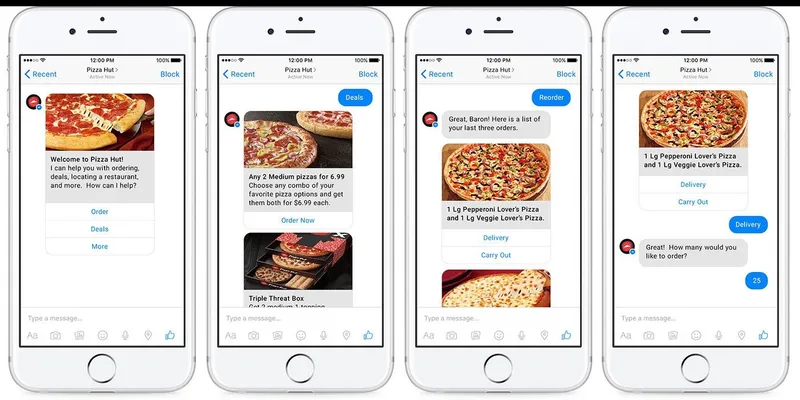
7. Not building trust with your customers
This is often the most overlooked e-commerce mistake and it’s something customers take very seriously. If you don’t appear as a trusted and reliable brand, you won’t be able to convert your visitors into customers. Brand trust is an important factor influencing purchase decisions.
Here are some tips to help you build trust:
Use testimonials
42% of online shoppers prefer reading customer testimonials of the store before making a purchase. Testimonials help in establishing the trust factor between the store and the purchaser.
On top of that, they help improve sales of your products.
There are many different ways you can use testimonials for your e-commerce store. You can add testimonials or reviews for each product category, for each product or put them on your homepage.

Secure your site
Online shoppers take security very seriously and having a secure site is crucial for your store. It’s important that the checkout process is very safe and secure. Installing an SSL certificate is a must for an e-commerce store.
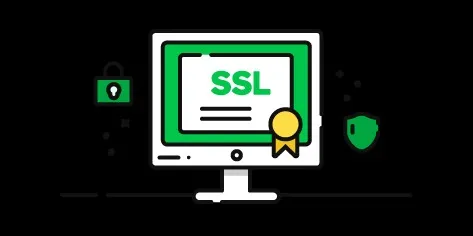
Source: GoDaddy
Use trust badges and logos
Displaying badges on your product images and checkout pages help build trust on your site. This also helps in establishing brand reputation as it shows your store isn’t just another ecommerce startup selling stuff, that’s it’s an established business.
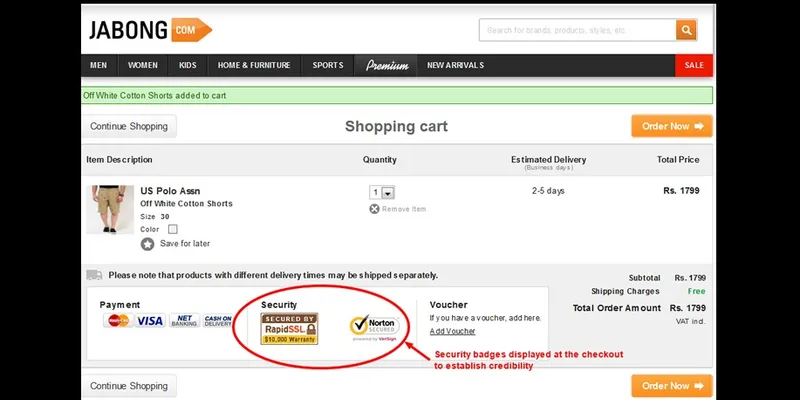
Source: Amazon
These are the three of the best ways to build trust for your brand. Besides the trust what are users looking for on your site? To have a great experience!
8. Not focusing on the user experience
Creating a stellar user experience is the best thing you can do for your ecommerce store. Here are various mistakes you might be making that affect the customer’s journey negatively:
Don’t use low-quality images
People hate browsing a site that looks unprofessional. Make sure you have good looking images and elements on every single page of your site. Don’t be stingy with design.
Describe your products well
Having a proper description is as important as having high-quality images. 69% of shoppers want to read your product description. Write a complete description mentioning every detail about the product. Include the size, fit, shape, color, and any other information that your users might be looking for.
This is also really good for SEO. The longer your description is the more keywords you can use. Remember to always focus on the user, don’t write descriptions for search engines.
Offer free shipping
If you’re in the ecommerce industry, you know that buyers hate paying for shipping. According to a report by MarketingLand, 9 out of 10 consumers said that free shipping is the greatest incentive for them to purchase products online. If you don’t provide the free shipping option you risk losing a significant chunk of business.
Use customer reviews
Customer reviews are incredibly important to have on your site.
Reviews help your customers make a decision by showing how many people bought a product and how much they loved it.
User-generated content not only helps in providing better customer service but also builds credibility and improves SEO. Here is an example of a creative way to use a testimonial in a Facebook ad:

Source: Facebook
Insufficient payment methods
Not having enough payment methods affects the customer journey and is one of the major reasons for cart abandonment. It’s a good practice to provide multiple payment options to the customer to facilitate a smooth checkout process.
Not having search capability
Not having search capability on an e-commerce store is probably the worst UX mistake you could ever make. Up to 30% of visitors use the website’s search box to search for products.
On top of that, research shows that visitors using search contribute to 13.8% of annual revenue.
This is why site search is important for your e-commerce store. You can stay ahead of the curve by:
1. Using auto-complete feature on your site search.
2. Improve search results page.
3. Make it easy to find the search box.
Provide an option to search for products on your store and include filters to help users further refine their search results.
9. Not enough personalization
Here’s where data collection comes handy. You can provide personalized products according to the user’s needs. 70% of consumers get frustrated when website content has nothing to do with them.
You can use personalization in various ways to improve user experience. Some of these methods are:
1. User-generated personalization. For example, “You might also like” recommendations help to increase conversion rates.
2. “Visitors who viewed this product also viewed” is another type of recommendation that can be used to make visitors stay on the site and browse for more products.
3. Conducting surveys while the visitor is browsing products on your store helps gauge user satisfaction.
Apart from this, using dynamic content based on the user’s geolocation is a really great way to personalize the user’s experience.
10. Neglecting speed optimization
Users will abandon your store if they keep waiting for pages to load. E-commerce stores need to be very fast as shoppers browse multiple pages at a time and if you keep them hanging, they’ll simply abandon your store.
What’s very fast? 2-5 seconds at the most.
The biggest reason why people prefer online shopping is that it makes the whole shopping process faster.
Having a fast website is crucial to provide the experience shoppers look for during online shopping.
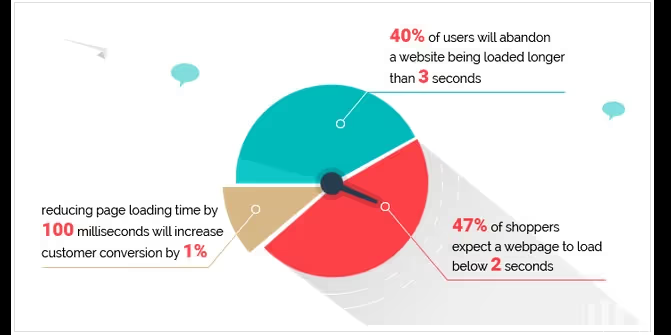
Another important area of the site to optimize is the checkout process. Make sure that your checkout process is fast because the slower it is the more cart abandonment you will have.
Conclusion
Running an ecommerce startup is not easy. But you can make it work for you if you can avoid the top 10 mistakes that we mentioned.
If you’re making any of these mistakes, it’s better you fix them fast so that you can focus on delivering the best products and growing your store.
What mistakes have you made? Did we miss any rookie mistakes? Please let us know in the comments!





